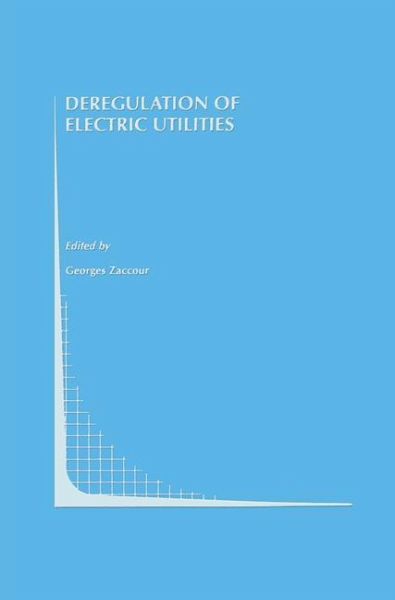
Deregulation of Electric Utilities
Versandkostenfrei!
Versandfertig in 1-2 Wochen
115,99 €
inkl. MwSt.

PAYBACK Punkte
58 °P sammeln!
Deregulation of Electric Utilities reviews the main issues relating to the changing environment in the utility industry. Topics covered in depth include compensation for stranded costs, efficiency gains, institutional design, pricing, economics of scale, and network externalities. In addition, this book assesses early experiences in electricity deregulation in continental Europe, New Zealand, North America, and the United Kingdom.














